Hello Beautiful,Have you recently had a chemical peel or laser treatment and want to know when you can wear makeup again? I’ve worked with many clients just like you. There is always a lot of confusion around when it’s safe to wear makeup after a chemical peel or laser treatment. In this post, I’ll tell you what I’ve seen work best for my clients.
How to care for laser-treated skin
The skin is your body’s largest organ, and it is affected by many factors. The skin can be affected by acne, wrinkles and sun damage. Laser treatments can help smooth out wrinkles, reduce acne scarring and treat sun damage. In addition to helping with these issues, laser treatments can help reduce the appearance of stretch marks.
The best way to care for your laser-treated skin is to follow the instructions given by your doctor or nurse.
Your doctor or nurse will likely tell you not to use any products on your skin for two or three days after the treatment. This means that you should not use lotions or moisturizers on the treated area until after this time period has passed. The reason for this is that these products may contain ingredients that could irritate your skin if applied immediately following treatment.
After the two-to-three day waiting period has passed, you should begin using moisturizing lotion on your face and neck areas daily as part of a regular beauty routine. You should also continue using sunscreen regularly when outdoors during daylight hours in order to protect yourself from further sun damage and wrinkles.
How to apply makeup after a chemical peel
The first thing to do is to clean your skin. You should use a good cleanser and moisturizer, but be careful not to use anything with alcohol or fragrance, as these can irritate the skin.
Wait until the peeling phase is over before applying makeup again. It will depend on how sensitive your skin is, but usually 3-5 days is enough time for you to start applying makeup again.
When applying makeup after a chemical peel, it’s important that you don’t use anything too heavy or thick on your face. Your skin will be weak and sensitive at this point and if you apply too much product, it could cause irritation and even infection! Instead opt for a light BB Cream or tinted moisturizer so that you can protect your skin while still looking fresh and healthy!
If your face feels dry or tight after washing it, try using a very light moisturizer before applying any makeup products. This will help add moisture back into your skin while also protecting it from further irritation.
What’s the best makeup to use post-laser or chemical peel?
I just had a laser peel and my skin is still very red and peeling. What’s the best makeup to use post-laser or chemical peel?
A: Congratulations on your new look! As you know, peeling is part of the healing process after a laser treatment or any kind of cosmetic procedure. So while you can’t stop the peeling process, there are some things that you can do to help speed up recovery time. First off, make sure you’re using a high SPF moisturizer with your sunscreen every day. This will help protect against sun damage as well as keep your skin hydrated and supple during this time period. I also recommend using a gentle exfoliator like our Glycolic Acid 7% Exfoliating Serum to help shed dead skin cells faster so that the new ones underneath can come through more quickly (see below).
It’s important to remember that once your skin has healed completely, it’s imperative that you keep up with regular exfoliation (once a week) because your skin’s natural exfoliation cycle will slow down significantly once it has been disrupted by lasers or peels.
How long should you wait to wear makeup after a laser treatment?
A laser treatment is a procedure that uses a high-energy light beam to remove unwanted hair. It can also be used to treat skin conditions such as acne, scars and freckles.
There are two types of lasers used for different purposes:
Fractional lasers use multiple treatments over weeks or months to remove tiny sections of the skin’s surface at a time. These treatments are often done in the doctor’s office, but may require several sessions. The laser heats the top layers of skin, causing them to become damaged by inflammation and eventually peel off. Fractional lasers can be used on all skin colours and types, including darker skin tones. They don’t work on black skin because they can’t penetrate deep enough into the skin layer to do any damage.
Non-ablative lasers also work by damaging the top layers of skin, but they don’t cause inflammation or peeling like fractional lasers do. Non-ablative lasers can be used on all skin colours and types, but they may not be effective for darker complexions because they can only penetrate about 1mm into the skin layer before stopping due to melanin pigmentation in dark-skinned patients.
You want to reduce or eliminate the risk of infection, so follow your doctor’s instructions about when you can and cannot wear makeup.
If you’re experiencing a cold sore, there are some things you can do to reduce the duration and severity of the outbreak. While it’s not possible to prevent cold sores, you can take steps to reduce the risk of getting one.
You want to reduce or eliminate the risk of infection, so follow your doctor’s instructions about when you can and cannot wear makeup. You may also want to avoid kissing others until your cold sore has healed. If you have a weakened immune system due to another condition, such as cancer treatment or HIV/AIDS, talk with your doctor about taking preventive antiviral medication.
Cold sores usually go away on their own in 2 weeks or less without any treatment at all. But if they’re painful or bothering you, there are several over-the-counter medications that can help relieve symptoms and speed healing time by shortening the length of an outbreak.

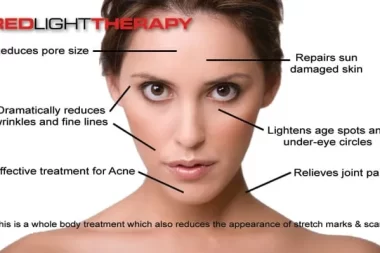
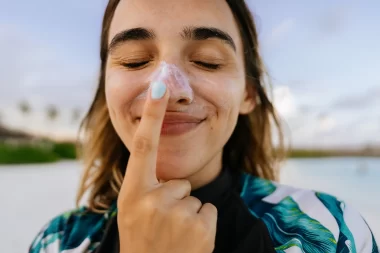
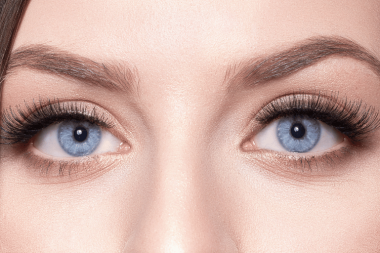
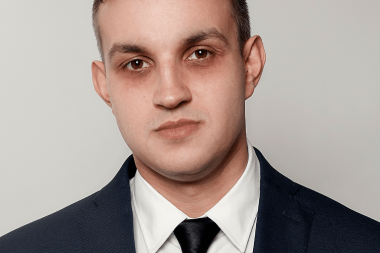
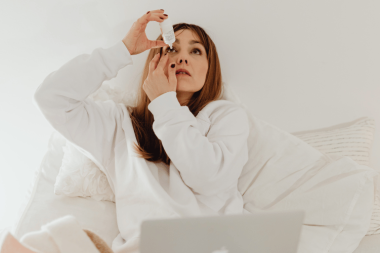

Leave a Reply